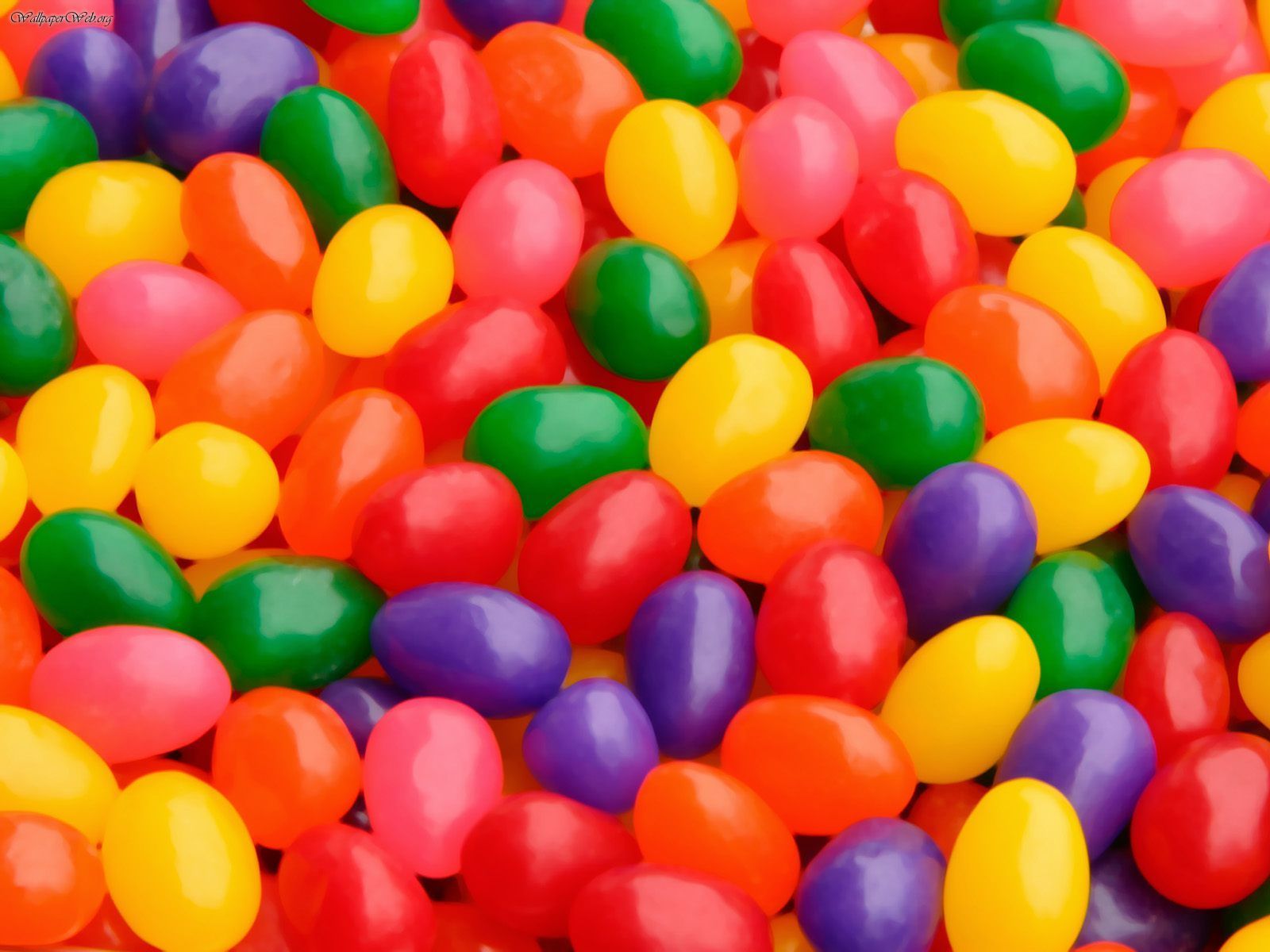Jellybeans are a beloved candy that has captured the hearts of many across the globe. With their vibrant colors, diverse flavors, and chewy texture, jellybeans are not just a treat but an experience. In this article, we will explore everything you need to know about jellybeans, from their history and production process to their health implications and popular varieties. Whether you're a long-time fan or new to the world of jellybeans, this comprehensive guide will satisfy your sweet tooth and provide valuable insights.
The jellybean's journey begins with its origins, which date back to the 19th century. Initially, these delightful confections were made using a process similar to that of modern-day panning. Over the years, jellybeans have evolved, and today, they are enjoyed in various forms and flavors. From classic fruit flavors to gourmet options, there is a jellybean for every palate.
In addition to their delightful taste, jellybeans also play a significant role in various cultural celebrations, from Easter to Halloween. They are often used as decorations, gifts, and even ingredients in recipes. As we dive deeper into this article, you'll discover the fascinating aspects of jellybeans that make them a staple in the candy world.
Table of Contents
- 1. The History of Jellybeans
- 2. How Jellybeans Are Made
- 3. Popular Jellybean Flavors
- 4. Health Implications of Jellybeans
- 5. Jellybeans in Culture and Celebrations
- 6. Fun Facts About Jellybeans
- 7. Creative Recipes Using Jellybeans
- 8. Conclusion
1. The History of Jellybeans
Jellybeans have a rich history that reflects their evolution as a popular confection. The earliest known jellybeans date back to the 1800s, with their origins attributed to the United States. They were first advertised as a candy that could be sent to soldiers during the Civil War, as they were durable and could withstand various conditions.
As their popularity grew, jellybeans began to be mass-produced, leading to the creation of diverse flavors and colors. By the 1930s, jellybeans became a staple in American candy culture, particularly during the Easter season. Today, they are enjoyed year-round and have become a classic treat for people of all ages.
2. How Jellybeans Are Made
The process of making jellybeans is intricate and requires precision. Here’s a step-by-step breakdown of how jellybeans are produced:
- Ingredients: The primary ingredients include sugar, corn syrup, and flavorings. Gelatin is often used to give jellybeans their chewy texture.
- Cooking: The ingredients are cooked to create a syrup, which is then cooled to form a gel.
- Panning: The gel is poured into a rotating drum, where it is coated with sugar to form the outer shell.
- Drying: The coated jellybeans are dried to achieve the desired texture and consistency.
- Polishing: Finally, the jellybeans are polished to give them a shiny appearance.
3. Popular Jellybean Flavors
One of the most exciting aspects of jellybeans is their wide array of flavors. Here are some of the most popular jellybean flavors:
- Cherry
- Banana
- Watermelon
- Blueberry
- Root Beer
- Licorice
In addition to these classic flavors, many manufacturers offer unique and gourmet jellybean options, including exotic fruit flavors and even spicy varieties.
4. Health Implications of Jellybeans
While jellybeans are a delightful treat, it's essential to consider their health implications. Here are some key points to keep in mind:
- Calories: Jellybeans are high in sugar, which can contribute to weight gain if consumed in excess.
- Dental Health: The sugar content can also negatively affect dental health, leading to cavities if proper oral hygiene is not maintained.
- Moderation: Enjoying jellybeans in moderation can help mitigate health risks while allowing you to enjoy their sweet taste.
5. Jellybeans in Culture and Celebrations
Jellybeans hold a special place in various cultural celebrations, particularly during Easter. They are often used as decorations for Easter baskets and are a popular treat for children. Additionally, jellybeans have made their mark in pop culture, appearing in movies, TV shows, and even as a flavor in gourmet dishes.
In recent years, jellybeans have also been featured in creative marketing campaigns and events, such as jellybean-eating contests and themed parties, showcasing their versatility and appeal.
6. Fun Facts About Jellybeans
Here are some intriguing facts about jellybeans that you might not know:
- The first jellybean flavors were inspired by real fruits.
- National Jelly Bean Day is celebrated on April 22 each year.
- Jellybeans can come in over 100 flavors, making them one of the most diverse candies available.
7. Creative Recipes Using Jellybeans
Jellybeans can be used in various recipes to add a burst of color and flavor. Here are a few ideas:
- Jellybean Cookies: Add crushed jellybeans to cookie dough for a fun twist on classic cookies.
- Jellybean Milkshake: Blend jellybeans with ice cream and milk for a sweet treat.
- Jellybean Cake Pops: Coat cake pops with melted chocolate and roll them in crushed jellybeans for a colorful finish.
8. Conclusion
In conclusion, jellybeans are more than just a candy; they are a delightful experience that brings joy to many. From their rich history and diverse flavors to their role in cultural celebrations, jellybeans continue to be a favorite treat for all ages. As you indulge in these sweet delights, remember to enjoy them in moderation to maintain a healthy lifestyle.
What are your favorite jellybean flavors? Share your thoughts in the comments below, and don't forget to explore more articles on our site for more delicious insights!
Thank you for reading! We hope to see you back again for more sweet content.


